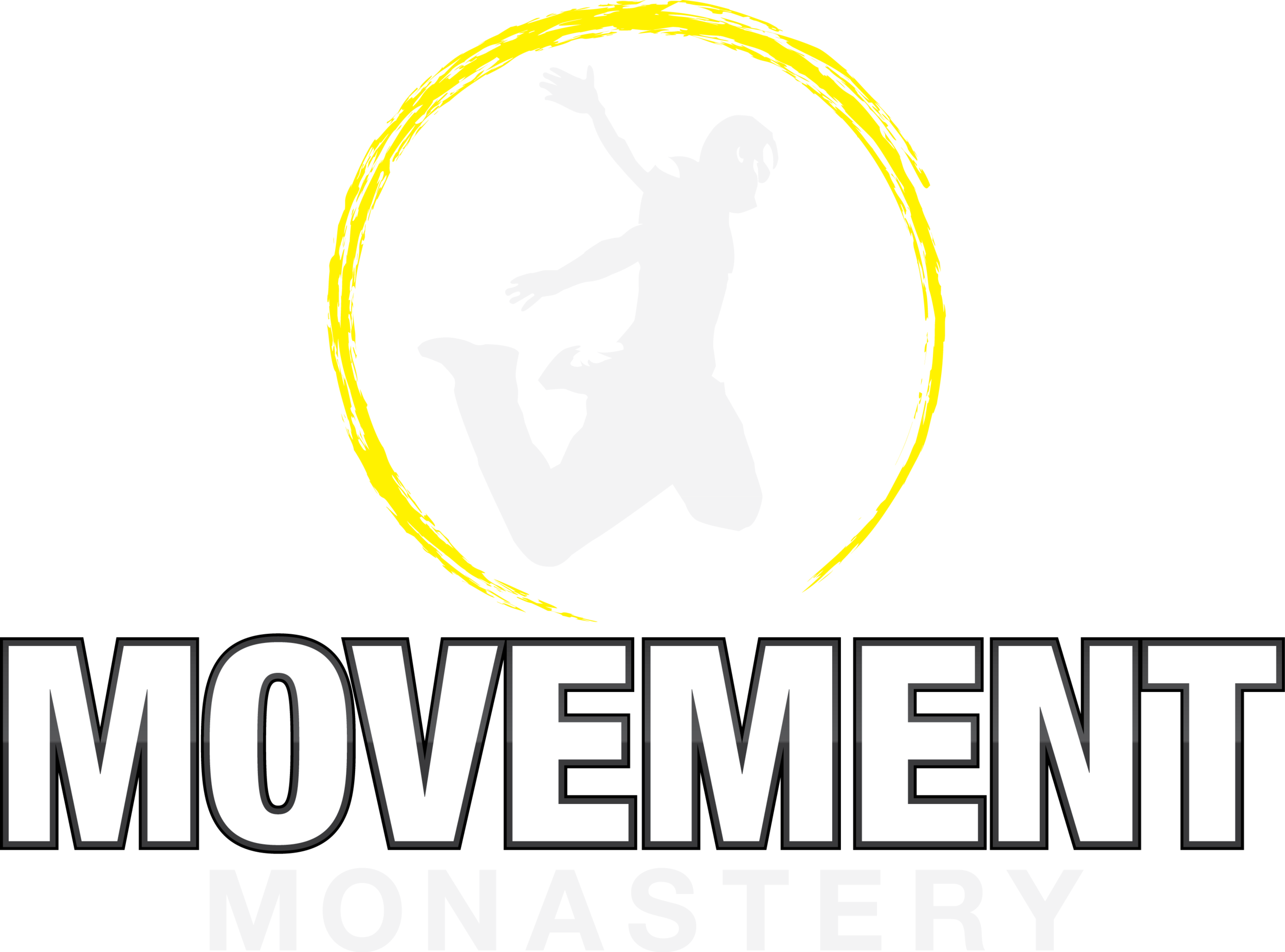Basic Rhythm
There is a lot of to be gained from dancers in the movement world. Most movement artists go the easy route and chase the tricks that have a better chance of carryover if you have a background in acrobatics or martial arts. Dance is not all about simple series of tricks or movement patterns. It’s about Timing, Space, Shape, Energy. It can be about rhythm and expression or interpretation of music and sometimes completely the opposite. Exploring dance is well worth your time. I have a background in Modern, Street, and Studio Dance. It is my intent to help beginners and advanced movers dive into dance and start to incorporate basic elements into their practice. I thought I would start with feeling Rhythm.
Rhythm can be broken down into two parts Beat (Pulse) and Tempo (Speed).
Lets start with the Hippy Dippy Stuff.
Your heart beat.
If you tune in when you are calm you can feel the beat of your heart at a slow calm Tempo. However go up a flight of stairs, run for a little bit or exert yourself in any way for a short period of time and you feel the beat intensify and the tempo increase.
In a way we are hard wired to feel a pulse and that is why music is very personal to humans. The first modern drums were created over 7 thousand years ago and as far as I know Humans are the only species to respond to music in the way that we do. We feel the pulse of a drum beat and how it pulls us down to earth and how we bend and bounce with it is unique to us. Look at a baby as it responds to the beat of music. With no coaching or cuing a baby will hear music and bounce up and down. now maybe not matching the beat, but the pull is there.
End Hippy Dippy Stuff
Movement Stuff
Now lets get a little more general with this type of training. Feeling Beat and Tempo can help with different movement patterns weather they are dance related or not. For example when doing a series of vaults or tumbling skills there may be a certain rhythm to tune into that will help with continuing from one skill to the next. You can listen to music and try to move with the pulse of it in order to keep your speed of movement consistent. Then when you are training without music you can have a memory of that tempo to perform at. Pretty simple way of applying rhythm to skill training. You can use it to pace yourself in Calisthenics repetitions or HIIT workouts and music can help to drive that. There is a reason why group fitness classes thrive in the music oriented classes (and this is done by design). If the classes were done without music I guarantee it would not be as popular. In more traditional movement circles like Capoeira the beat depicts the mood of the game going from Slower Angola trickery to Fast Floreios.
In General
In general what I would like to see more of is allowing yourself to be taken over by rhythm every now and then. Just turn on the music and let your body bounce and be drawn down to the rhythm. This will also play a role in stress relief as a form of controlled trembling and will help with loosening the joints and drain unwanted fluids. I wish you all the best please contact me with any questions.
